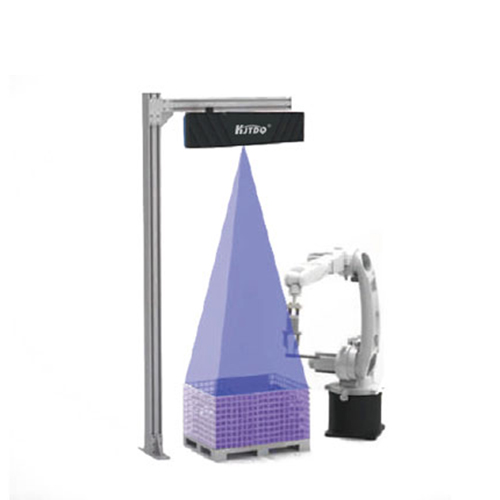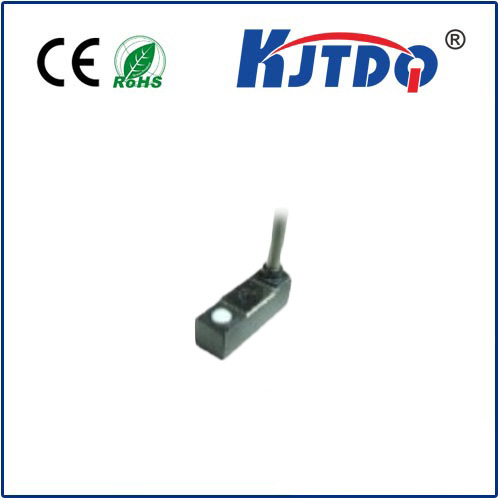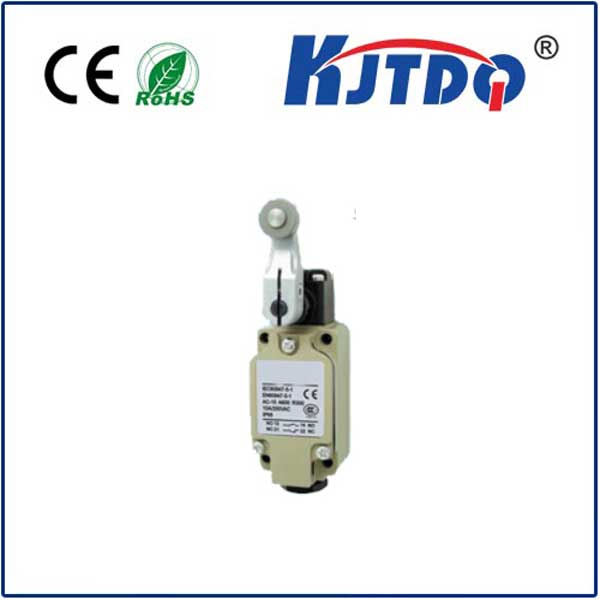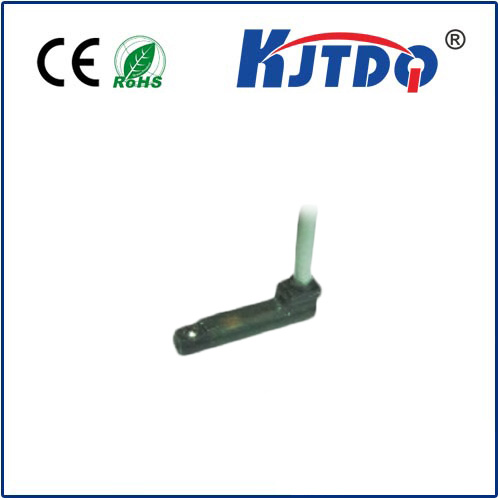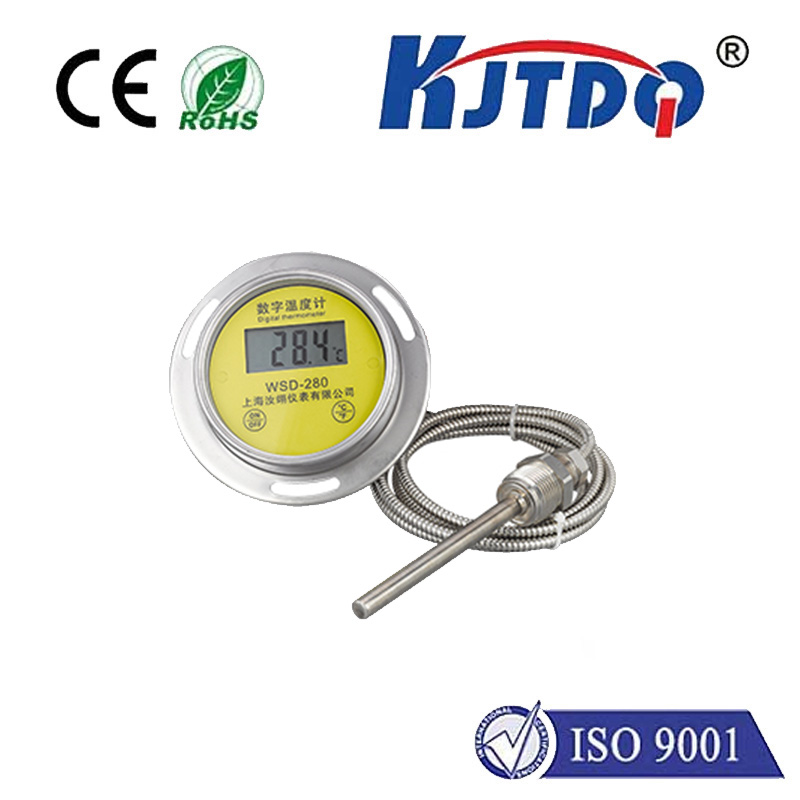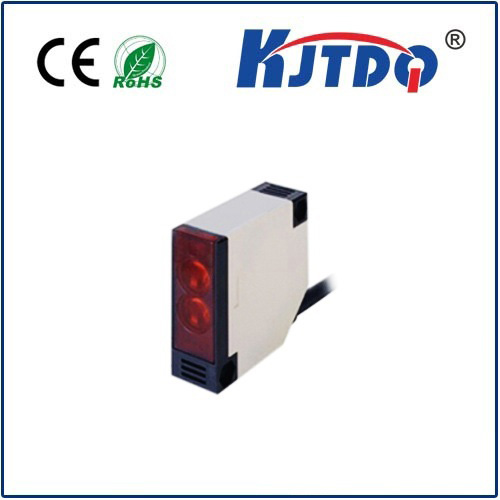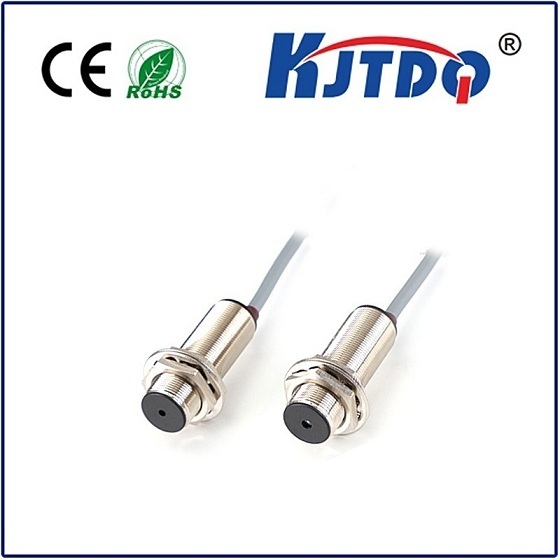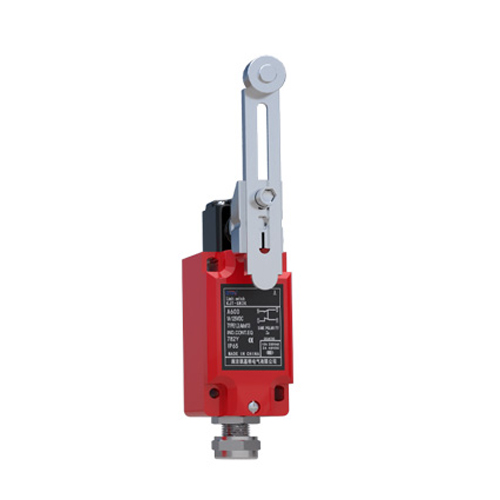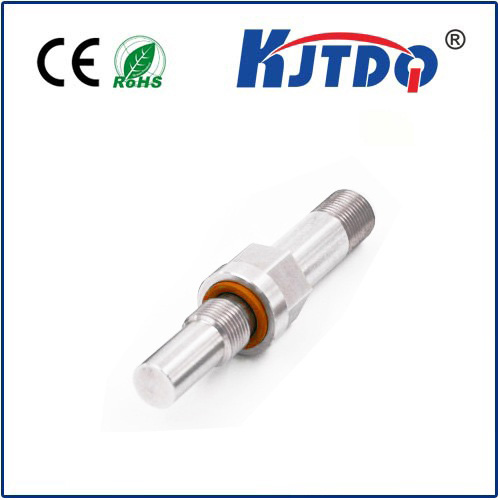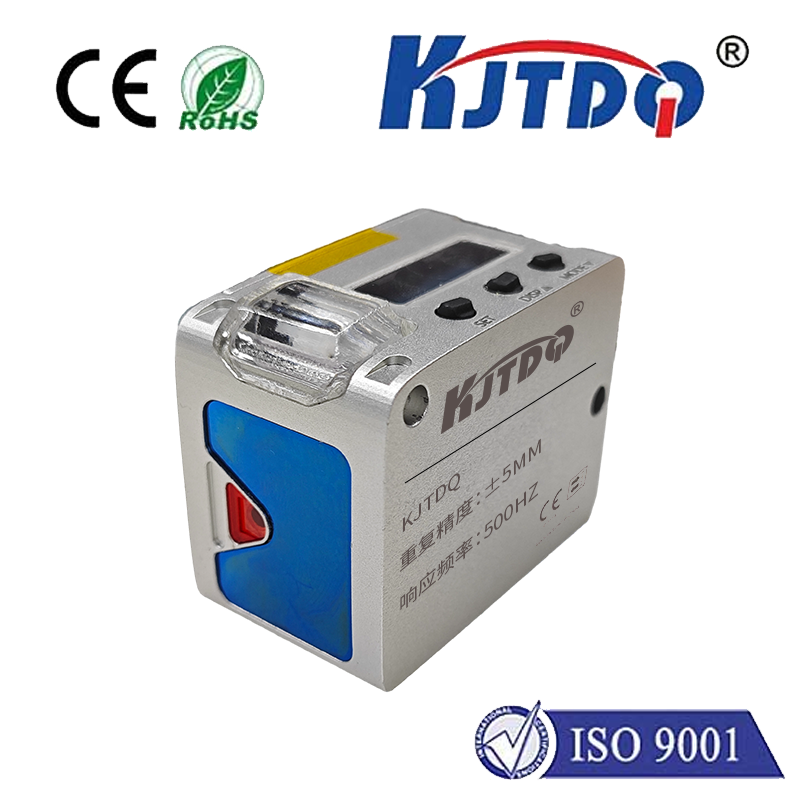аналоговый индуктивный датчик
- time:2025-06-13 03:42:59
- Нажмите:0
Analog Inductive Sensors: The Unseen Workhorses of Precision Industrial Sensing
Imagine a factory floor humming with activity. Robotic arms weld with millimetric accuracy, conveyor belts transport components at breakneck speeds, and hydraulic cylinders extend and retract with controlled force. Beneath this orchestrated chaos, countless unseen guardians ensure everything operates smoothly and safely. Among these silent sentinels are analog inductive sensors, fundamental components offering unparalleled reliability and continuous feedback in demanding industrial environments. Forget simple on/off switches; these sensors provide a wealth of information critical for sophisticated control and monitoring.
Understanding the Core Principle: Beyond the Binary
At their heart, analog inductive sensors function on the principle of electromagnetic induction, discovered by Michael Faraday. Unlike their digital counterparts that simply signal “target present” or “target absent,” analog variants deliver a continuous output signal corresponding precisely to the distance between the sensor’s face and the target object. This key distinction unlocks a world of measurement possibilities.
Here’s the simplified magic:

- Generating the Field: The sensor contains an oscillator circuit that generates a high-frequency alternating magnetic field emanating from its active face (usually a ferrite core with a coil).
- Inducing Eddy Currents: When a conductive (typically metallic) target enters this magnetic field, eddy currents are induced within the target material. Think of these like tiny whirlpools of electrical current resisting the change in the magnetic field.
- Damping the Oscillation: The energy consumed by generating these eddy currents causes a measurable damping (weakening) effect on the sensor’s internal oscillator circuit. Crucially, the strength of this damping effect is directly proportional to the distance between the sensor face and the target – closer proximity means stronger eddy currents and greater damping.
- Measuring the Change & Generating Analog Output: The sensor’s electronics meticulously measure the change in the oscillator’s amplitude or energy (due to damping). This measurement is then converted into a smooth, continuous analog output signal. The most common outputs are:
- Analog Voltage (e.g., 0-10V DC): Output voltage increases or decreases linearly with decreasing distance.
- Analog Current (e.g., 4-20mA): Output current increases or decreases linearly with decreasing distance. The 4-20mA standard is particularly prized in industrial settings for its excellent noise immunity over long cable runs and the ability to detect wire breaks (0mA indicates a fault).
This continuous output signal is the defining characteristic and the source of the аналоговый индуктивный датчик’s immense value.
Why Choose Analog Over Digital? The Advantages Unveiled
While digital inductive sensors excel at simple presence detection, analog variants step in when precision measurement is paramount:
- Continuous Position Monitoring: The primary advantage. Measure the exact position of a piston within a cylinder, the fill level of a metallic liquid in a tank, the deflection of a shaft under load, or the vibration amplitude of rotating machinery – all in real-time. This provides invaluable data for closed-loop control systems requiring precise feedback.
- Precision Thickness & Distance Measurement: In quality control, analog inductive sensors can measure the thickness of metal sheets, coatings, or verify gaps between components with high resolution and repeatability.
- Enhanced Process Control & Optimization: The rich, continuous data stream allows for much finer control over processes. Imagine precisely controlling hydraulic pressure based on piston position or adjusting machine settings dynamically based on measured vibration, leading to improved quality and efficiency.
- Resilience in Harsh Environments: Inheriting the ruggedness of inductive technology, these sensors are inherently resistant to dust, dirt, moisture, oil, and vibrations. They don’t rely on optics (avoiding fog/dirt issues) or physical contact (preventing wear).
Navigating the Realities: Considerations and Best Practices
Deploying analog inductive sensors effectively requires understanding their characteristics:
- Target Material Matters: Different metals (steel, aluminum, brass, copper, stainless steel) have different electrical conductivities and magnetic permeabilities. This significantly impacts the sensor’s performance. Sensor specifications (like nominal sensing distance
Sn) are typically given for mild steel. For other materials, a correction factor must be applied, often reducing the effective sensing range. Always consult sensor datasheets for correction factors specific to your target material.
- Linearity & Measurement Range: The relationship between distance and output signal isn’t perfectly linear across the entire possible sensing range. The usable “linear range” is typically a subset of the maximum sensing distance (
Sr). Operating within this specified linear range ensures the highest measurement accuracy. Calibration within the application is often crucial for achieving the best possible precision.
- Temperature Drift: Like all electronic components, performance can be affected by ambient temperature changes. High-quality sensors specify temperature drift coefficients (e.g., percentage of full scale per °C). For critical applications, selecting sensors with low drift or implementing temperature compensation becomes important.
- Electrical Noise: While robust, analog signals (especially voltage) can be susceptible to electromagnetic interference (EMI) in electrically noisy industrial environments. Proper shielding, twisted-pair cabling, and leveraging the inherent noise immunity of 4-20mA current loops are essential mitigation strategies. Grounding practices are critical.
- Hysteresis: A slight difference in the output signal when the target approaches versus when it withdraws. While inherent to the technology, it’s usually minimal and specified in datasheets. For precise position feedback loops, understanding this value is necessary.
Implementing Success: Where Analog Inductive Sensors Shine
The applications are vast and critical across numerous sectors:
- Промышленная автоматизация: Real-time position feedback for cylinders, valves, and actuators; precise control of robotic arm positioning; monitoring spindle runout and bearing wear in CNC machines; measuring press ram position.
- Hydraulic & Pneumatic Systems: Continuous monitoring of piston position within cylinders for closed-loop speed and force control.
- Перевозка материалов: Precise positioning of cranes, elevators, and automated guided vehicles (AGVs); detecting sag in conveyor belts; measuring roll diameter.
- Automotive Manufacturing & Testing: Measuring suspension travel, brake pedal position, component thickness, vibration analysis on engines and test rigs.
- Metal Processing: Thickness measurement of sheets, strips, and coatings; position control in rolling mills.
- Condition Monitoring: Detecting vibration amplitude and displacement on motors, turbines, pumps, and gearboxes for predictive maintenance.
Conclusion: More Than Just Detection
Analog inductive sensors transcend the binary limitations of simple detection. By harnessing electromagnetic induction to generate a continuous output signal proportional to distance, they provide the rich, real-time data essential for demanding precision measurement, control, and monitoring tasks. Their inherent robustness, immunity to harsh environmental factors, and ability to offer true position feedback make them indispensable, albeit often unseen, enablers of modern industrial efficiency and quality. When the application requires knowing exactly how far, not just if, the analog inductive sensor stands ready as a reliable and powerful solution. Understanding their operating principles, careful selection based on target material and environmental conditions, and mindful installation practices are key to unlocking their full potential.

